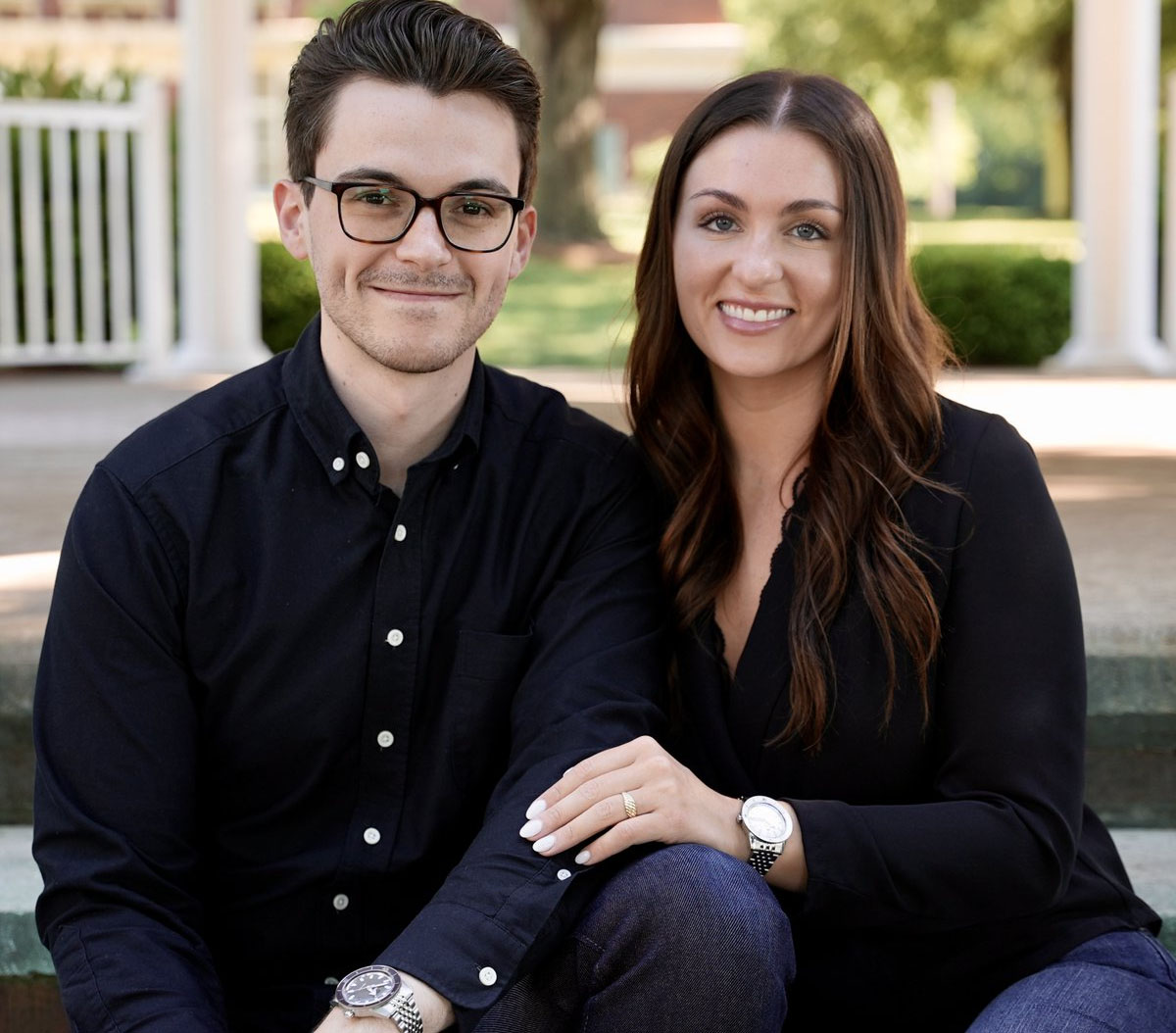Ecommerce sales surged by 1000% in 2021 at teddybaldassarre.com, the online watch store associated with Teddy Baldassarre’s wildly popular YouTube channel.
Percentage growth figures should always be treated with a degree of caution, and ecommerce was boosted last year by restrictions on stores opening, but it is an encouraging sign of success for the fledgling operation.
Monetising YouTube content is fiendishly hard — with the platform’s owner Alphabet benefiting most from Mr Baldassarre’s slickly produced content — so nudging his 513,000 subscribers towards an online store makes sense.
That store was born fully formed thanks to a deal that saw Mr Baldassarre take over the assets of Troverie, a site created by industry expert Fred Levin to present luxury watches from a network of American authorised dealers.
Mr Baldassarre hopes to make a success of the rebranded Troverie, which is an authorised dealer for around 30 mid- to high-end brands including Longines, Zenith, Oris and Tissot.
He would like to strengthen that brand line-up, but is facing resistance.
“The biggest challenge has to be the general resistance from certain brands in the industry to accepting our more digital approach to content and retail,” Mr Baldassarre tells WATCHPRO.
“Deciding to take the path commonly travelled is a much safer route than embracing what is new since new can also come with the unexpected. Since digital video content is the way we reach our audience (majority Gen Z and young millennials) there have been some challenges with demonstrating the value of digital reach in a world of watches that is very focused on traditional media and retail models,” he adds.
Watch brands would be wise to listen and learn from entrepreneurs like Mr Baldassarre, because he is precisely the sort of young, digitally-immersed customer they will need to reach. “We have to make watches a compelling category for a new generation of buyers,” he insists.
“We are seeing a generation who grew up in a world where a watch was never a required tool for daily life. There are college graduates now that were born in the 21st century and had technology at their fingertips at the very onset of their life. In the next decade, this generation is going to have a subset of high earners who, instead of spending their discretionary income on a watch, will look elsewhere as the seeds of striving to own one were never planted. You can’t expect to sell a watch to someone at 20 to 30 years old and think they will have any context of your product or even your product category without prior messaging,” he warns.

